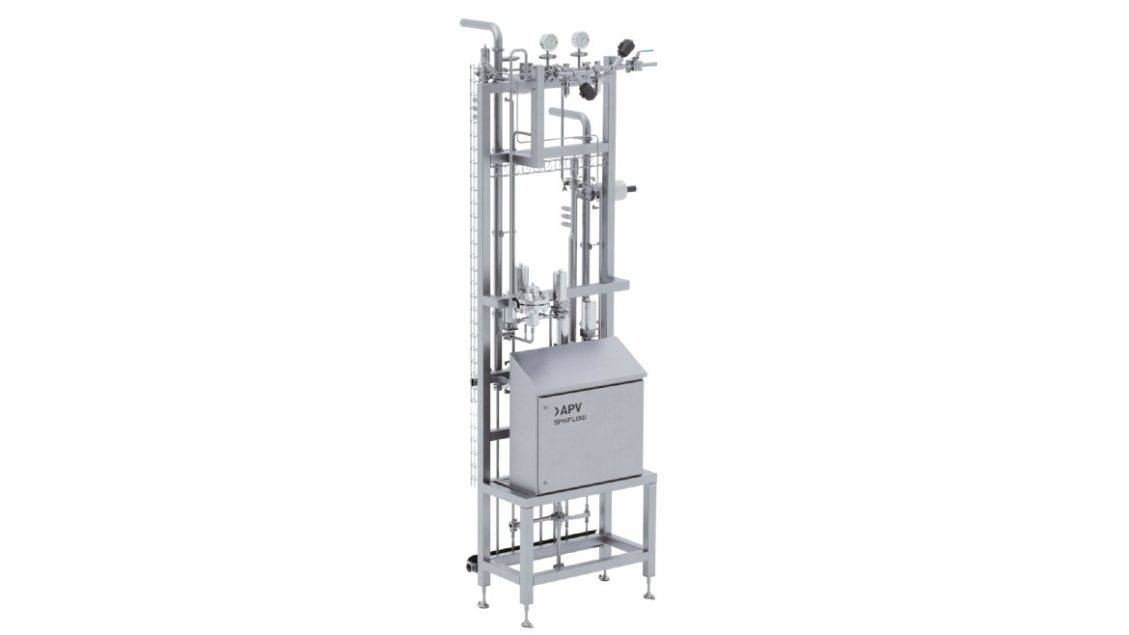APV, a brand of SPX FLOW, has unveiled the Aseptic Pulsation Dampener, engineered to maximize operational efficiency, quality and food safety in ultra-high temperature (UHT) processing for producers with rigorous hygiene standards.
Pulsation dampeners are critical in ensuring smooth homogenizer operation in dairy and plant-based UHT processing. Vibrations can lead to pipe and system damage, which, along with rigorous cleaning schedules, can increase downtime. SPX FLOW’s pulsation dampeners mitigate these vibrations, preventing pipe breakage and reducing unexpected downtime.
The APV Aseptic Pulsation Dampener minimizes maintenance and boosts productivity while maintaining an aseptic system and product integrity. Its innovative provides:
- Superior Product Safety: Ensures sanitary design, which is crucial for extended shelf life (ESL) products. Unlike the traditional rubber insert, the aseptic pulsation dampener has a seamless construction, which minimizes the need for inspection and the risk of contamination.
- Extended Run Times: The sterility-tested aseptic pulsation dampener operates up to 170 hours before requiring cleaning-in-place (CIP), reducing downtime and increasing productivity.
- Minimal Maintenance: The stainless-steel design eliminates the need to remove inserts, making cleaning and maintenance easier.
- Seamless Integration: Integrates easily into new or existing UHT systems, ensuring a hassle-free installation.
- Sustainability: Reduces water, detergent and energy consumption during cleaning and production start-up due to the longer run times, supporting sustainability goals.
As pioneers in UHT technology, we are excited to introduce the APV Aseptic Pulsation Dampener,” says Con O’Driscoll, SPX Flow global product manager. “This innovative design and technology reduces current sanitation risks, minimizes maintenance and helps producers meet sustainability goals by providing longer runtimes. We’re excited to help empower our customers as they elevate UHT processes to meet greater sanitation and sustainability standards.”
